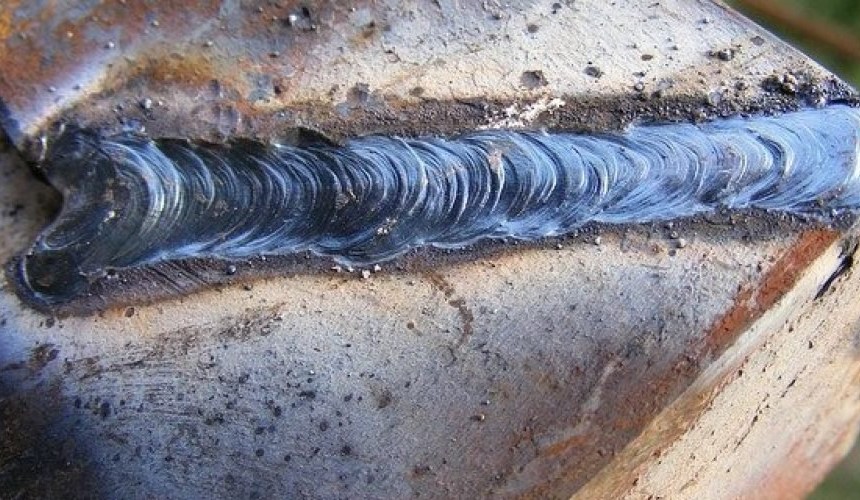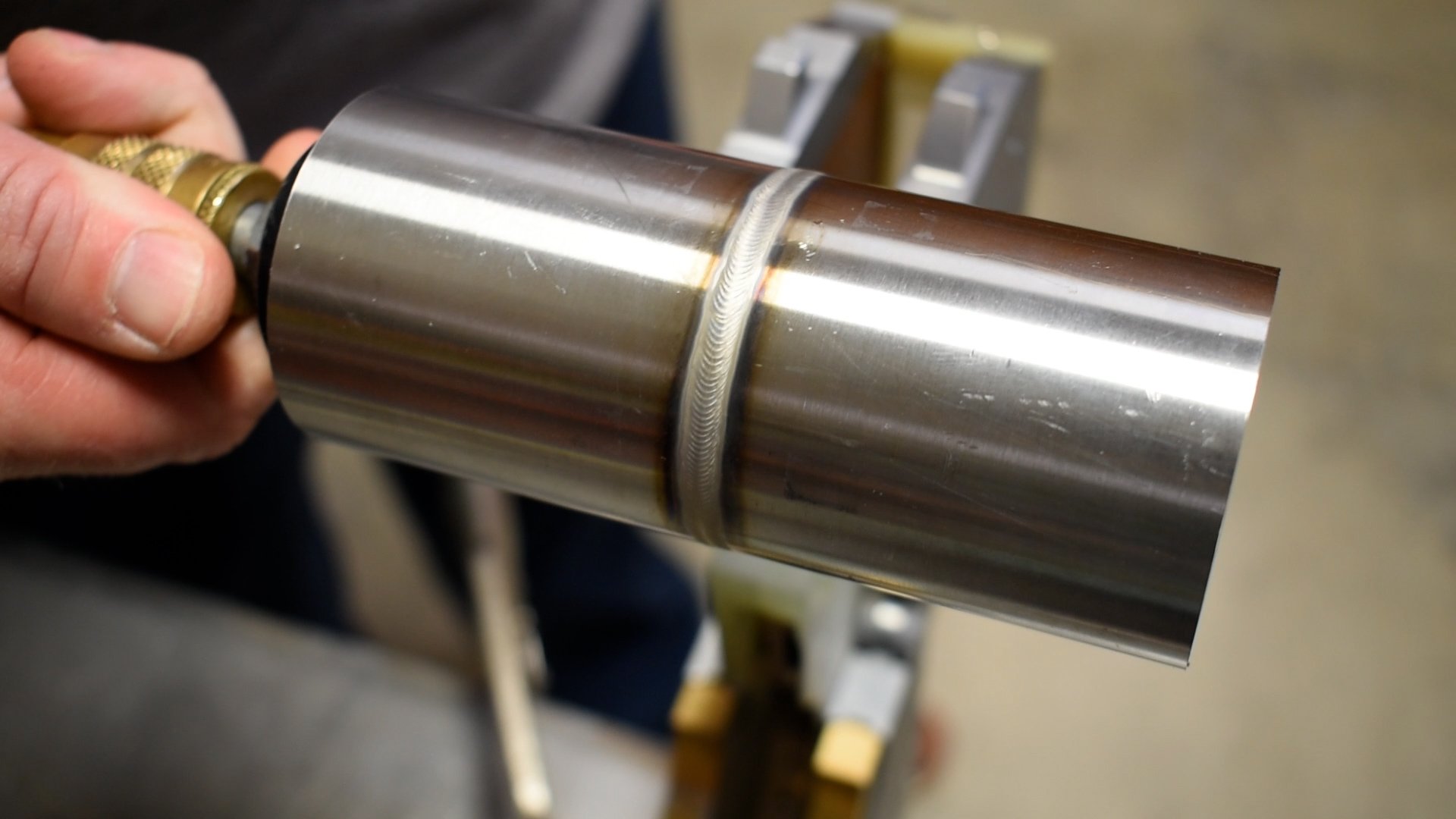Vital Tips for Welders: Stopping Undercut Welding and Ensuring Stronger Weld Joints
In the world of welding, accomplishing sturdy and solid weld joints is the foundation of producing high-quality job. One typical challenge that welders often run into is undercut welding, which can endanger the stability of the weld joint.

Recognizing Undercut Welding
Undercut welding is a common welding issue that occurs when the weld steel falls short to correctly load the groove and results in a groove-like clinical depression along the weld bead. This problem damages the weld joint, making it vulnerable to splitting and failing under tension. Damaging can be triggered by various aspects, consisting of excessive welding present, high welding rate, inappropriate electrode angle, incorrect electrode size, and inadequate welding strategy.
One of the main factors for undercut welding is an imbalance between the welding current and the welding rate. If the welding current is too expensive or the welding speed is as well quickly, the weld steel might not sufficiently fill up the groove, bring about undercutting. Additionally, utilizing an electrode that is as well huge can cause a comparable outcome, as the excess metal can not effectively stream right into the groove.
To protect against undercut welding, welders should ensure they are using the appropriate welding specifications, preserve an appropriate electrode angle, select the proper electrode dimension, and method appropriate welding methods. By resolving these variables, welders can decrease the threat of damaging and develop more powerful, a lot more trustworthy weld joints.
Correct Welding Strategy
Efficient welding method plays a vital function in making sure the high quality and integrity of weld joints. Proper welding technique entails a mix of precision, adherence, and ability to finest methods. One fundamental facet of correct welding method is maintaining the correct angle and range between the welding gun and the work surface. Welders need to likewise pay very close attention to the traveling speed and heat input to protect against concerns like undercutting, porosity, or insufficient combination.
In addition, a consistent and consistent hand motion is important for developing strong and sturdy weld joints. Welders ought to intend for smooth, uniform activities to ensure also distribution of the weld material. Correct manipulation of the welding weapon and filler material is likewise vital to accomplishing optimal penetration and blend.
Furthermore, managing the warmth input and selecting the proper welding parameters based on the product being welded are vital factors in accomplishing high-grade welds - Preventing weld undercut. Welders ought to comply with the advised settings offered by welding treatment requirements and adjust them as needed based upon the specific requirements of the job. By understanding proper welding techniques, welders can substantially boost the strength and reliability of their weld joints
Selecting the Right Electrode
Keeping the proper angle and distance between the welding gun and the workpiece is essential when thinking about the relevance of picking the right electrode in welding applications. The option of electrode plays a vital duty in establishing the top quality and toughness of the weld joint. Electrodes can be found in numerous kinds, each made for details objectives and products.
First of all, choosing the suitable electrode diameter is important. Thinner electrodes appropriate for welding thin products, while thicker electrodes are much better for thicker products and higher heat applications. Matching the electrode size to the density of the work surface assists achieve a well balanced weld.
Second of all, recognizing the product make-up of the electrode is crucial. Different electrodes are developed for welding particular materials like steel, stainless-steel, light weight aluminum, or cast iron. Utilizing the appropriate electrode material ensures excellent blend and lessens the danger of defects in the weld.
Last but not least, taking into consideration the welding setting and method is essential when picking the electrode kind. Particular electrodes are much better suited for upright or above welding positions, while others function well for flat or straight placements. Selecting the right electrode based upon the welding strategy improves the general weld high quality and stability.
Preparing the Base Steel
To guarantee a successful welding procedure, what preliminary steps should be taken when preparing the base metal for welding? In addition, any type of existing weld product or deposit from Your Domain Name previous welding need to be eliminated to ensure a clean surface area for the new weld.

Performing Post-Weld Inspections

After performing these evaluations, welders need to compare the from this source results versus sector requirements and job requirements to ensure that the weld joint fulfills all needed requirements. Any insufficiencies or discrepancies discovered throughout the post-weld assessment ought to be promptly resolved with suitable corrective procedures to ensure the weld's integrity. By faithfully carrying out post-weld inspections and without delay attending to any concerns, welders can support the top quality and dependability of their work, eventually adding to the safety and security and durability of the bonded structures.
Verdict

Finally, stopping undercut welding and ensuring more powerful weld joints require a combination of proper welding technique, choosing the right electrode, preparing the base steel properly, and performing post-weld assessments. By understanding the sources of undercut welding and applying the required preventative measures, welders can produce top notch weld joints that meet market criteria and guarantee the architectural honesty of the welded elements.
Undercut welding is an usual welding defect that happens when the weld steel falls short to properly fill up the groove and results in a groove-like anxiety along the weld grain (Preventing weld undercut). Damaging can be created by various factors, including excessive welding present, high welding rate, inappropriate electrode angle, incorrect electrode size, and bad welding method
One find out this here of the major factors for undercut welding is an imbalance between the welding present and the welding speed. If the welding current is as well high or the welding rate is also quickly, the weld steel might not properly fill up the groove, leading to damaging.Preserving the right angle and range in between the welding weapon and the work surface is basic when taking into consideration the importance of choosing the right electrode in welding applications.